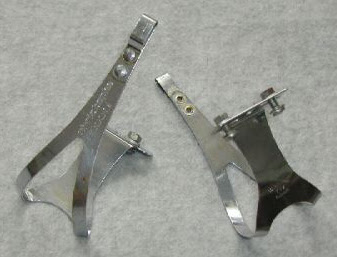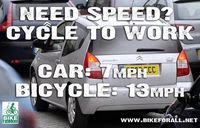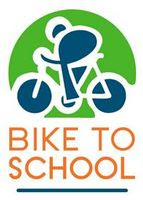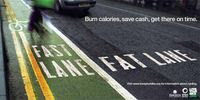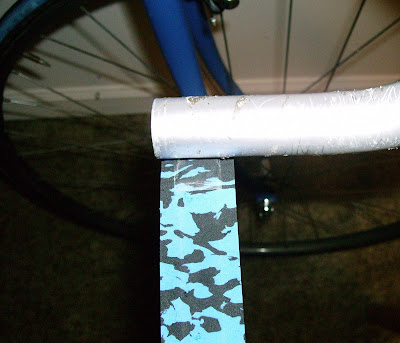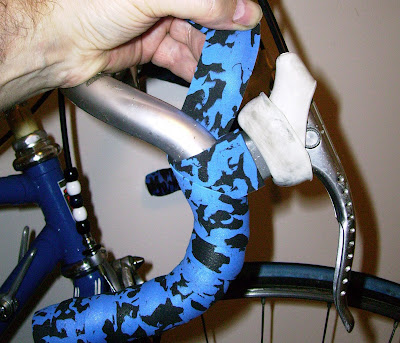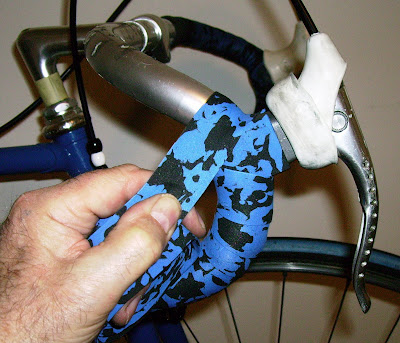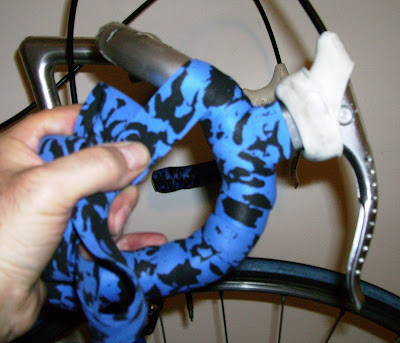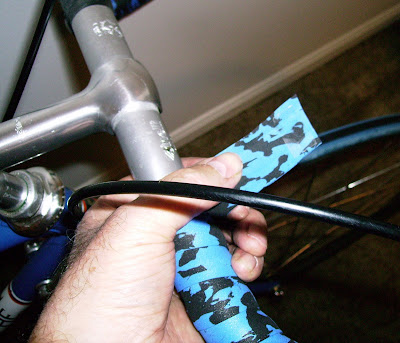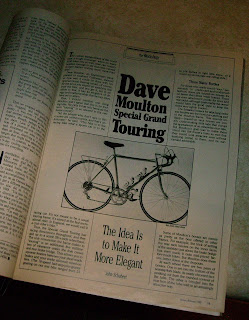
A custom 'dave moulton' touring bicycle that featured in a "Bicycling" magazine road test in January 1983, sold on eBay last evening.
There were only 20 of this particular model built; I put in a call to the seller last week to ask for the serial number. Confirming the number 4823 in my serial number record book showed it was indeed the same bike.
This story goes back a year earlier to January 1982. I was building frames for Masi in their San Marcos, California frame shop.
I became a victim of my own productivity, and was building frames faster than Masi could sell them. The inventory of frames became so large I was temporarily laid off. I had essentially worked myself out of a job, and was sent to the unemployment office to sign on for benefits.
I got as far as standing in line at the office, wondering what I was doing there. My pride or maybe my ego told me this was not right, and I left without ever signing on. I went back to the Masi shop and asked if I could use their equipment to build my own frames.
An agreement was reached on rent, etc. and I started calling bicycle dealers all over the US, telling them who I was, and offered to build custom frames. I started to receive a few orders; I could deliver a custom built frame in two or three weeks at that time, which was unheard of.
I was also unheard of for the most part. I had gone from being one of the best know builders in England in the 1970s, to an unknown entity in the United States in 1982. The Masi name on my resume helped, but I still desperately needed publicity; I contacted "Bicycling" and they agreed to do a road test.
 They chose the Touring model because it was different than the usual bikes they tested and wrote about. I built the frame in April of 1982, I contacted various component manufacturers for donations of components to complete the bike. The bike was assembled with a strange miss-match of Avocet, Sun Tour, Modolo, etc.
They chose the Touring model because it was different than the usual bikes they tested and wrote about. I built the frame in April of 1982, I contacted various component manufacturers for donations of components to complete the bike. The bike was assembled with a strange miss-match of Avocet, Sun Tour, Modolo, etc.
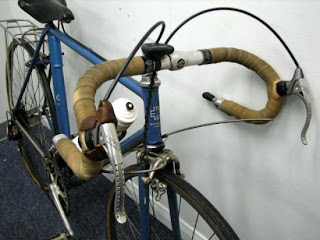 Fellow Brit Steve Aldrige, who had worked with me at Paris Sport, now worked for "Buds" Bike Store in Claremont, CA. Steve was also the US National Team Mechanic; he built the wheels, and assembled the bike. Bicycling did their road test in the summer of 1982 but it would be the following January before the article appeared in the magazine.
Fellow Brit Steve Aldrige, who had worked with me at Paris Sport, now worked for "Buds" Bike Store in Claremont, CA. Steve was also the US National Team Mechanic; he built the wheels, and assembled the bike. Bicycling did their road test in the summer of 1982 but it would be the following January before the article appeared in the magazine.
After the road test, Steve Aldridge got the bike as repayment for his work and it was subsequently sold. I never saw or heard of it again until it showed up on eBay last week. The bike was up for sale by The Drop Off Store a consignment store in Rancho Cucamonga, a few miles from Claremont where the bike was originally sold.
 The drive train has been upgraded with Campagnolo components, but it still appeared to have the same Modolo brakes. The paint appears to be original and in fair condition, and the original color matched pump was still in place. The bike is in need of a thorough cleaning and probably the tires and handlebar tape need replacing. I appears the bike has been stored for many of its years.
The drive train has been upgraded with Campagnolo components, but it still appeared to have the same Modolo brakes. The paint appears to be original and in fair condition, and the original color matched pump was still in place. The bike is in need of a thorough cleaning and probably the tires and handlebar tape need replacing. I appears the bike has been stored for many of its years.
In 1983 the retail price on this frame was $925, the complete bike went for $1600. Yesterday on eBay there were 14 people bidding and the virtual hammer fell at $1,330.30. The item number was 350029129880. You can read the Bicycling road test article here in PDF format.
This is the highest price I have seen on eBay for one of my bikes. I think it is fair given the rarity and history of this bike. Incidentally, I didn’t reveal the history before the sale because I didn’t want to influence the price.
There was another seller on eBay asking $4,000 for a Fuso, which is way out of line. There are still plenty of Fusos out there, (I built 3,000.) so if you miss one, another will be along. I don’t want to see anyone screwed, buyer or seller.
 This particular bike and the subsequent road test in Bicycling played an important part in getting my business out of the Masi shop and into my own facility in San Marcos. It not only gave me the publicity I needed, but was one of the things I used to convince my bank to lend me the money to finance the operation.
This particular bike and the subsequent road test in Bicycling played an important part in getting my business out of the Masi shop and into my own facility in San Marcos. It not only gave me the publicity I needed, but was one of the things I used to convince my bank to lend me the money to finance the operation.
Another interesting footnote: If you look at the Masi Registry, you will notice there were only a few special order Masi frames (Like track frames.) built in 1982. That’s because they were still selling the backlog of frames I built in 1981. It would be well into 1983 before production began again. About the time I moved into my own facility, and David Tesch took over as Masi’s builder.
 Wed, March 12, 2008
Wed, March 12, 2008  Dave Moulton | Comments Off |
Dave Moulton | Comments Off | 

















